Working at Heights

Working at Heights
Falls from heights are a major cause of fatalities and serious injuries at work around the world.
Most people who are seriously injured or killed, fall from a height of four metres or less.
Ladders, incomplete scaffolds, falling off a truck, a roof edge or falling through fragile roof sheeting are the major causes of injuries.
More than 12,000 workers in Australia were injured after falling from a height between 2014 and 2017.
25 died and more than 240 were permanently disabled.
These incidents largely happen in the construction, manufacturing, transport, postal, warehousing and agriculture industries
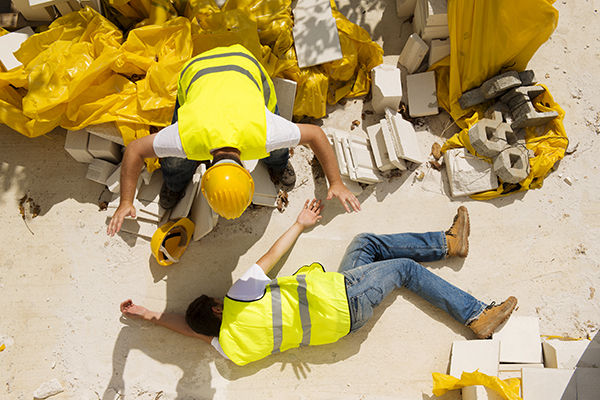
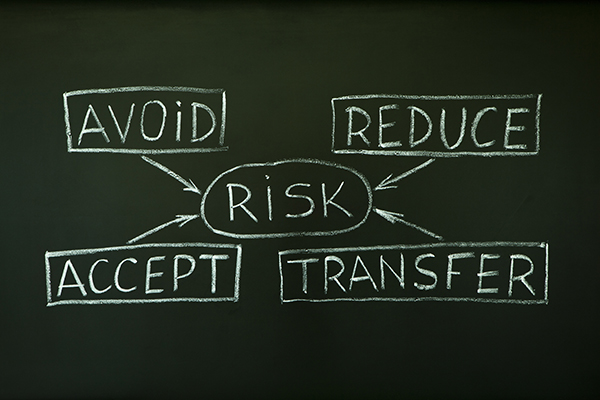
Managing risks of working at height
How high do you need to be working before you have to take steps to protect yourself?
- 3 Meters?
- 2 Meters?
- When risk of injury can occur?
The correct answer is “C” when risk of injury can occur
The higher the level of risk, the higher the level of protection required.
Perform a Risk Assessment –Job Safety Analysis (JSA), Safe Work Method statement (SWMS). This must address:
• What could happen if a fall did occur and how likely it is to happen?
• How severe is the risk?
• Can the need to work at height be avoided to eliminate the risk of a fall?
• Can any work that involves the risk of a fall be carried out on the ground?
• Can the risk of a fall be minimised by providing and maintaining a safe system of work?
A safe work method statement (SWMS) is required where work is carried out at heights greater than 2 metres
Responsibilities
A person conducting a business or undertaking (PCBU) must eliminate the risk of falls in the workplace, or if that is not reasonably practicable, minimise those risks so far as is reasonably practicable.
- ensure, so far as is reasonably practicable, that any work involving the risk of a fall by a person from one level to another is carried out on the ground or on a solid construction
- provide safe means of access to and exit from the workplace and an area from which a person could fall, such as a platform or scaffolding, and
- if it is not reasonably practicable to eliminate the risk of a fall, minimise the risk of falls so far as is reasonably practicable by providing adequate protection against the risk, including by providing a fall prevention device if it reasonably practicable to do so, or if not, a work positioning system if it is reasonably practicable to do so, or if not, a fall arrest system.
A combination of the controls that are reasonably practicable to provide adequate protection against the risk may be used if a single control is not sufficient for the purpose.
Workers
- have a duty to take reasonable care for their own health and safety and to not adversely affect the health and safety of other persons. Workers must comply with reasonable instructions, as far as they are reasonably able, and cooperate with reasonable health and safety policies or procedures that have been notified to workers.
- If personal protective equipment (PPE) is provided by the business or undertaking, the worker must so far as they are reasonably able, use or wear it in accordance with the information and instruction and training provided.
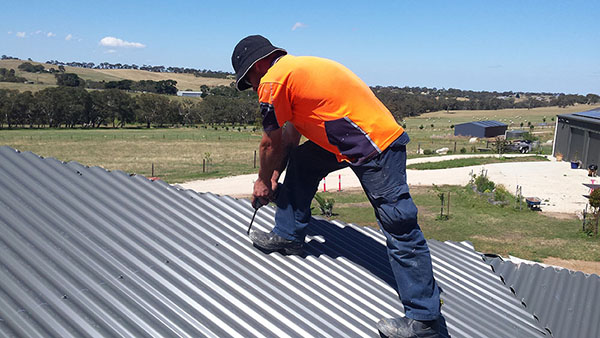
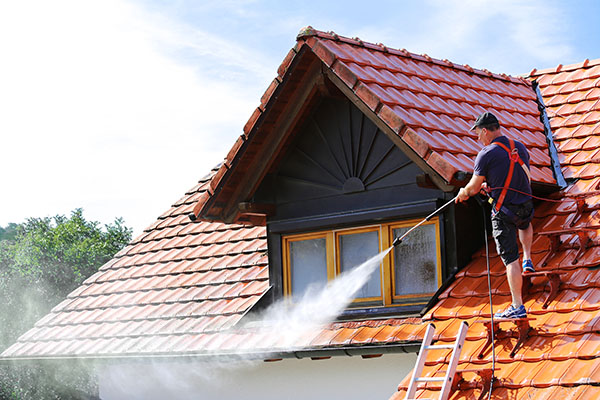
Housing construction work at heights guide
Before starting work the person conducting the business or undertaking must have:
- Fall prevention controls in place (e.g. edge protection) to prevent a person falling any distance, or where this is not practicable;
- Fall arrest controls that arrest a person’s fall (e.g. catch platform) and prevent or minimise the risk of death or injury to a person when the fall is arrested.
The WHS Regulation sets out specific requirements for these types of control measures (s.306E to s. 306J).
Before starting work the person conducting the business or undertaking must:
- Identify the hazards that may result in a fall or cause death or injury if a person were to fall e.g. a picket fence or stack of bricks that could cause injury if a person fell on it; and
- Assess the risk of death or injury that may result because of the hazard i.e. how likely is it to happen?, how serious could the injury be?; and
- Use any control measures necessary to prevent, or minimise the risk e.g. catch platform, travel restraint system, no go areas, safe work procedures and training.
Other construction work at heights guide
Before starting work the person conducting the business or undertaking must:
- Fall prevention controls in place (e.g. edge protection or travel restraint system) to prevent a person falling any distance, or where this is not practicable;
- Fall arrest controls that arrest a person’s fall (e.g. fall arrest harness or catch platform) and prevent or minimise the risk of death or injury to a person when the fall is arrested.
The WHS Regulation sets out specific requirements for these types of control measures (s.306E to s.306J).
Before starting work the person conducting the business or undertaking must:
- Identify the hazards that may result in a fall or cause death or injury if a person were to fall e.g. a picket fence or stack of bricks that could cause injury if a person fell on it; and
- Assess the risk of death or injury that may result because of the hazard hazard i.e. how likely is it to happen?, how serious could the injury be?; and
- Use any control measures necessary to prevent, or minimise the level of risk. This could include fall prevention, fall arrest, and/or administrative controls.
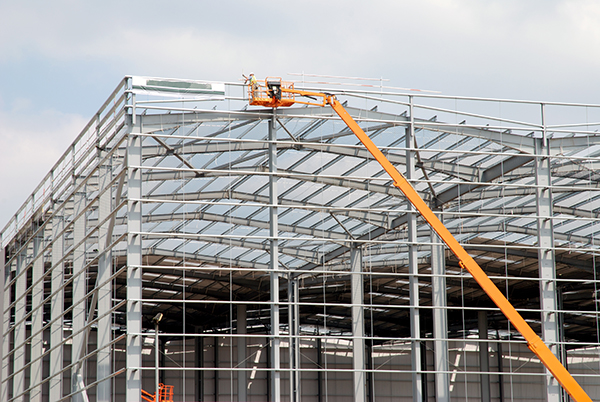
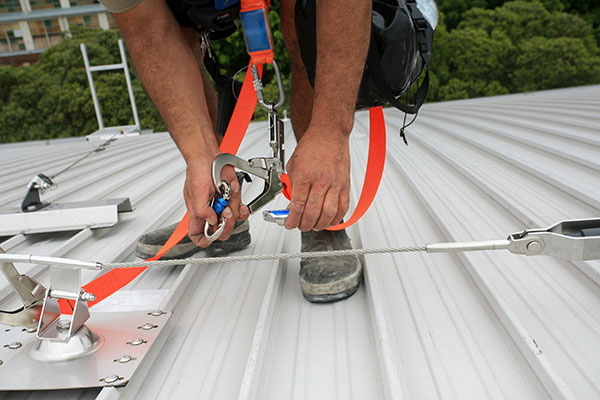

Fall Arrest systems
If a fall arrest system is used as a control risk then emergency and rescue procedures must be established in relation to the use of the system.
Before any work commences either at extreme heights or any work situation where immediate or unrestricted access is not available to remove an injured person should an accident occur, you need a written plan of action for the retrieval of injured persons
Ensure the rescue of a person after an arrested fall be provided immediately, without the need to rely on emergency services.
Rescuers must be properly trained, sufficiently fit to carry out their task and capable of using any equipment provided for rescue
Ensure workers working at height have adequate means to communicate in an emergency

